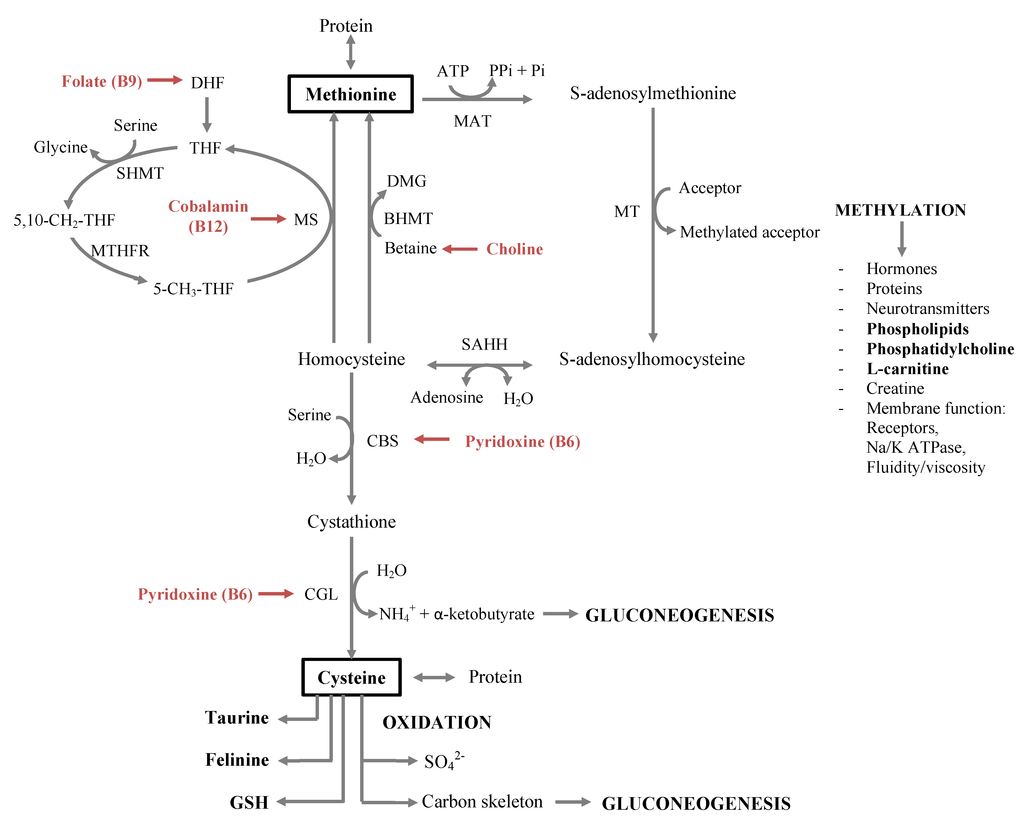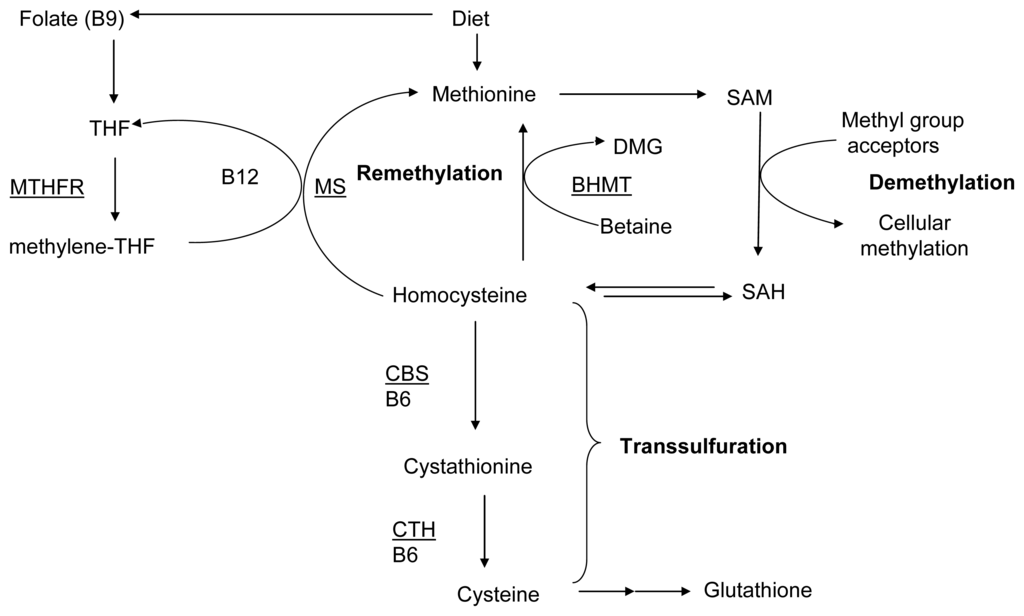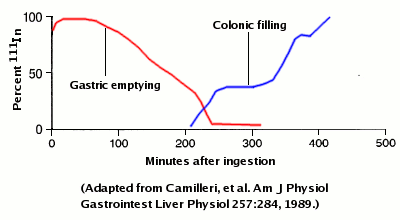Threatened and Endangered Species from Bernalillo County, New Mexico:
Birds
Mexican spotted owl (Strix occidentalis lucida) USFWS T State S The owl inhabits canyon and forest habitats across a range that extends from southern Utah and Colorado, through Arizona, New Mexico, and west Texas, to the mountains of central Mexico. They require mature, old-growth forests of white pine (Pinus strobus), Douglas-fir (Pseudotsuga menziesii), and ponderosa pine (Pinus ponderosa); steep slopes and canyons with rocky cliffs for their habitat.
Southwestern willow flycatcher (Empidonax traillii extimus) USFWS E
State E The southwestern willow flycatcher breeds in relatively dense riparian tree and shrub communities associated with rivers, swamps, and other wetlands including lakes and reservoirs. Historically the southwestern willow flycatcher nested in native vegetation including willows (Salix sp.), seepwillow (Baccharis salicifolia), boxelder (Acer negundo), buttonbush (Cephalanthusoccidentalis), and cottonwood (Populus sp.). Following modern changes to riparian communities, this subspecies still nests in native vegetation, but also uses thickets dominated by non-native tamarisk (Tamarix sp.) and Russian olive (Elaeagnus angustifolia), or in mixed native non-native stands
Yellow-billed Cuckoo (Coccyzuz americanus) USFWS T
State S Status applies only to western population beyond the Pecos River Drainage; breeds in riparian habitat and associated drainages; springs, developed wells, and earthen ponds supporting mesic vegetation; deciduous woodlands with cottonwoods and willows; dense understory foliage is important for nest site selection; nests in willow, mesquite, cottonwood, and hackberry; forages in similar riparian woodlands;
Fishes
Rio Grande Silvery minnow (Hybognathus amarus) USFWS E
State E The Rio Grande silvery minnow extirpated; historically Rio Grande and Pecos River systems and canals; reintroduced in Big Bend area; pools and backwaters of medium to large streams with low or moderate gradient in mud, sand, or gravel bottom; ingests mud and bottom ooze for algae and other organic matter; probably spawns on silt substrates of quiet coves.
Mammals
New Mexico meadow jumping mouse (Zapus hudsonius luteus) USFWS E
State E
The New Mexico meadow jumping mouse (jumping mouse) is endemic to New Mexico, Arizona, and a small area of southern Colorado (Hafner et al. 1981, pp. 501-502; Jones 1999, p. 1). The jumping mouse appears to only utilize two riparian community types: 1) persistent emergent herbaceous wetlands (i.e., beaked sedge and reed canarygrass alliances); and 2) scrub-shrub wetlands (i.e., riparian areas along perennial streams that are composed of willows and alders) (Frey 2005, p. 53).
Other Special-Status Species in Bernalillo County, New Mexico:
Invertebrates
Obsolete Viceroy Butterfly (Limenitis archippus obsoleta) USFWS SOC
Slate Millipede (Comanchelus chihuanus) USFWS SOC
Birds
Burrowing owl (Athene cunicularia) USFWS SOC Associated with prairie dog (Cynomys sp.) towns in dry, open, short-grass, treeless plains.
Common black-hawk (Buteogallus anthracinus)
State NM T
Southwestern U.S. is the northern extent of this species’ range. Occurs in New Mexico almost exclusively during the breeding season and in migration. Breeding populations known chiefly from the Gila River Valley in the southwestern portion of the state and from along the Mimbres River and the Rio Hondo watershed. Strongly tied to cottonwood gallery forests. In Texas breeds in or near the Trans-Pecos Region, with breeding documented in particular in the Davis Mountains and possible breeding along the Rio Grande. In New Mexico, uncommon summer resident, generally, restricted to the mountainous riparian habitats of the San Francisco, Gila, and Mimbres river drainages.
Neotropic Cormorant (Phalacrocorax brasilianus)
State NM T
The Neotropic Cormant reaches its northern distribution in southern New Mexico. It feeds in lakes and wetlands.
Bald eagle (Haliaeetus leucocephalus alascanus)
State NM T
Occurs in New Mexico year-round. Breeding is restricted to a few areas mainly in the northern part of the state along or near lakes. In migration and during winter months the species is found chiefly along or near rivers and streams and in grasslands associated with large prairie dog colonies. Typically perches in trees.
Northern aplomado falcon (Falco femoralis septentrionalis)
USFWS E
State E
Associated with semi-desert grasslands with scattered yuccas, mesquite, and cactus.The species has also been reintroduced on the Armendaris Ranch in Socorro and Sierra Counties and on lands administered by the BLM, White Sands Missile Range, and the SLO beginning in 2006.
Peregrine falcon (Falco peregrinus)
State T
A year-round resident and local breeder throughout NM, nests in tall cliff eyries; also, migrant across state from more northern breeding areas in US and Canada, winters along coast and farther south; occupies wide range of habitats during migration, including urban, concentrations along coast and barrier islands; low-altitude migrant, stopovers at leading landscape edges such as lake shores, coastlines, and barrier islands.
Arctic peregrine falcon (Falco peregrinus tundrius)
State NM T
Winters along coast and farther south; occupies wide range of habitats during migration, including urban, concentrations along coast and barrier islands; low-altitude migrant, stopovers at leading landscape edges such as lake shores, coastlines, and barrier islands.
Southwestern Willow flycatcher (Empidonax trailli extimus)
USFWS E
State NM E
The flycatcher is a summer breeder within its range in the United States. It is gone to wintering areas in Central America by the end of September. For nesting, requires dense riparian habitats (cottonwood/willow and tamarisk vegetation) with microclimatic conditions dictated by the local surroundings
Northern goshawk (Accipiter gentilis)
State NM S
Breeds in coniferous forests; winters in farmlands, woodland edges, and open country. Breeds from Alaska east through Mackenzie and northern Quebec to Newfoundland, and south to New Mexico, Great Lakes, and New England; also southward to northern Appalachians. Winters south to Virginia and Southwest.
Unlikely to occur in project area due to lack of coniferous forest habitat.
Broad-billed hummingbird
State NM T
Reaches extreme northern range in desert canyons of southern New Mexico with dense mesquite thickets.
Unlikely to occur due to lack of canyon habitat.
White-eared hummingbird (Hylocharis leucotis)
State NM T
Irregular summer visitor to extreme southeastern Arizona; rare in New Mexico and Texas. Found in Mountain woodlands.
Brown Pelican (Pelecanus occidentalis)
State NM E
Generally found in warm marine waters, rarely occurring inland. Only individuals seen in New Mexico, near water. May be storm-driven birds that moved inland during duress.
Baird's sparrow (Ammodramus bairdii)
State NM T
A winter resident in New Mexico and Texas. Generally prefers dense, extensive grasslands with few shrubs. Avoids heavily grazed areas.
Bell’s Vireo
State NM T
A small insectivorus bird, prefers dense vegetation of scrubby woodlands, old fields, or mesquite brushlands.
Gray Vireo (Vireo vicinio)
State NM T
Species strongly associated with piñon-juniper and scrub oak habitats. Distributed mainly across the western two-thirds of the state. Prefers gently sloped canyons, rock outcrops, ridge tops, and moderate scrub cover.
Mammals
Spotted Bat (Euderma maculatum)
State T
Found in open habitats, Ponderosa Pine forests, and marshlands. Suitable roosting sites limits distribution to areas within flying distance of cliffs and stony outcrops. (Adams, 2003)
Pale Townsend’s Big-eared Bat (Corynorhinus townsendii)
State S
Habitat includes montane forests and arid habitats with limited desert scrub vegetation. Roosting sites include caves, cliffs, and rock ledges but have been found in abandoned mines and other man-made structures. (Adams, 2003)
E = Endangered. Any species considered by the USFWS as being in danger of extinction throughout all or a significant portion of its range. The ESA specifically prohibits the take of a species listed as endangered. Take is defined by the ESA as to harass, harm, pursue, hunt, shoot, wound, kill, trap, capture, or collect, or to engage in any such conduct.
T = Threatened. Any species that is likely to become an endangered species within the foreseeable future throughout all or a significant portion of its range. The ESA specifically prohibits the take (see definition above) of a species listed as threatened.

















.jpg)



